advancing the mitigation of Climate Change and Global Warming through Geoengineering education and research
Stratospheric Aerosol Injection | A Solar Radiation Management (SRM) Geoengineering Approach
What is Stratospheric Aerosol Injection?
Stratospheric aerosol injection is a solar radiation management (srm) geoengineering or climate engineering approach that uses tiny reflective particles or aerosols to reflect sunlight into space in order to cool the planet and reverse or stop Global Warming. The approach involves spraying reflective sulfate aerosol particles into the stratosphere with high altitude airplanes, tethered balloons, high-altitude blimps or artillery.
Stratosphere definition?
The stratosphere (see NOAA image below) is a layer of the Earth’s atmosphere that ranges between 7 to 31 miles above the ground between the Troposphere and the Mesophere. The stratosphere is an ideal target for atmospheric geoengineering because it is relatively isolated from human populations, is accessible by planes (and other transport/delivery methods), and doesn’t have weather such as rain that would cause aerosol spray particles to fall quickly to the ground.

Image of the Stratosphere where sulfate aerosol particles could be sprayed or injected to counteract Global Warming. Courtesy of NOAA Satellite and Information Service.
Who first proposed Stratospheric Aerosol Injection?
Stratospheric aerosol injection was first proposed by the Russian climatologist Mikhail Ivanovich Budyko in 1974 (Rasch et al., 2008/Keith, 2000). The idea developed out of observations that natural atmospheric sulfate injections by large volcanic eruptions (see Volcano Eruptions Size Comparison YouTube video below) are generally followed by 1 to 2 years of cool weather over large areas of the planet.
Volcano Eruptions Size Comparison. Video courtesy of Taype Studios.
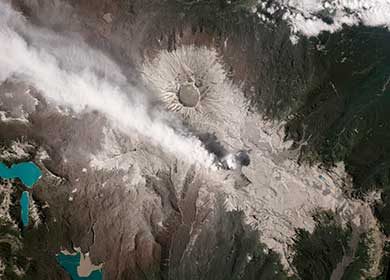
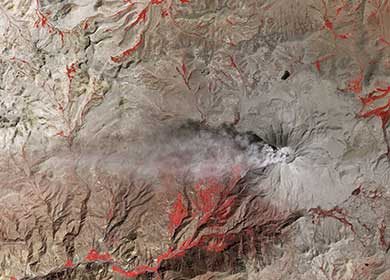

Would Stratospheric Aerosol Injection Cool the Planet?
Stratospheric Aerosol Injection is a very promising geoengineering solution to Global Warming because, based on research conducted on numerous recent and historic volcanic eruptions such as Mount Pinatubo in 1991 and complex climate model simulations, there is strong evidence that it would be very effective in cooling the planet and mitigating the effects of Climate Change.
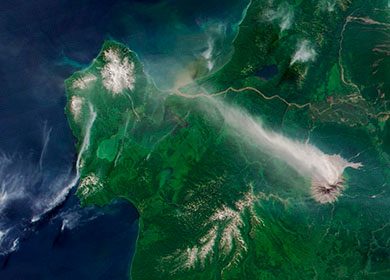
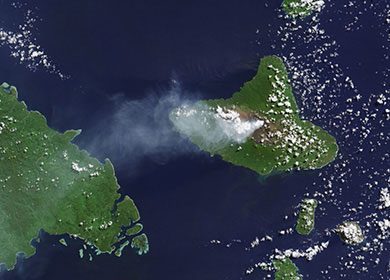
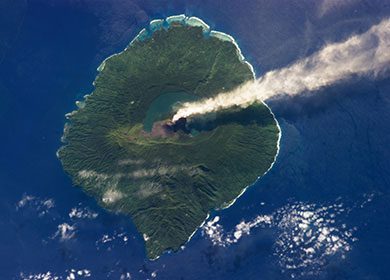
What are the Effects of this Geoengineering Approach in Climate Models?
Conducting simulations using the Community Earth System Model (CESM1), Drs. Jadwiga H. Richter, Simone Tilmes, Michael Mills, Ben Kravitz and Douglas G. MacMartin (Kravitz et al., 2017) of the National Center for Atmospheric Research it’s partners (NCAR) show that stratospheric aerosol injection has the potential to prevent further atmospheric warming and maintain a relatively stable climate. Please see the NCAR YouTube video below of a model comparison between severe Global Warming (RCP 8.5) and stratospheric aerosol injection geoengineering (Feedback Simulation).
Video Courtesy of the National Center for Atmospheric Research (NCAR)
NCAR model simulations (Kravitz et al., 2019/Tilmes et al. 2018) also show that stratospheric sulfate aerosol geoengineering could also prevent the loss of Arctic sea ice by the end of this century (see NCAR YouTube video below). Preventing the loss of Arctic sea ice is very important because it helps reflect sunlight into space and maintain Earth’s Energy Budget.
Video Courtesy of the National Center for Atmospheric Research (NCAR)
Is Stratospheric Aerosol Injection Currently Feasible?
Stratospheric Aerosol Injection is feasible with existing technologies. It could also be implemented in a very short period of time and at a relatively low cost. Because stratospheric aerosols naturally fall out of the atmosphere, the benefits/effects of this approach are temporary, generally lasting between 1 to 2 years. It is considered relatively safe for the environment because volcanoes have been injecting sulfate aerosols into the stratosphere for eons and the biosphere naturally processes sulfates using multiple pathways in the sulfur biogeochemical cycle. Besides sulfate, other reflective aerosols that are being considered for this solar radiation management approach. These aerosols include black carbon, metallic aluminum, aluminum oxide and barium titanate (Effiong and Neitzel, 2016).
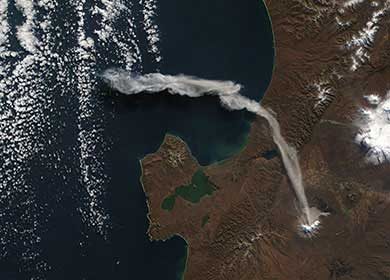
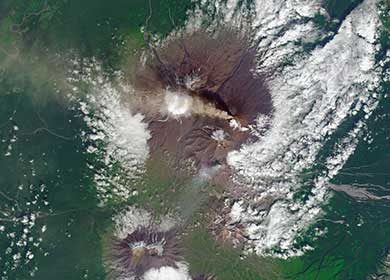
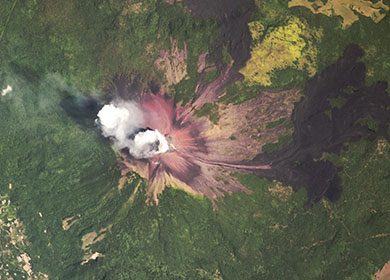
What are the Dangers Associated with it?
Unfortunately, there are dangers associated with stratospheric aerosol injection. This approach may reduce rainfall in some areas of the world. Loss of crops and access to fresh water due to reduced rainfall could lead to starvation and suffering. If this approach were used, it would be important to develop and implement measures to protect people and save lives and livelihoods. Despite the potential problems with this method, the benefits could exponentially outweigh its downsides.
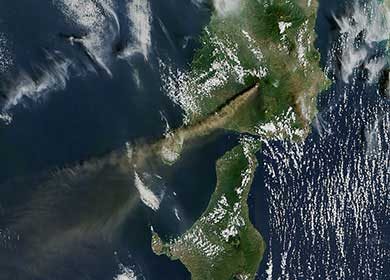
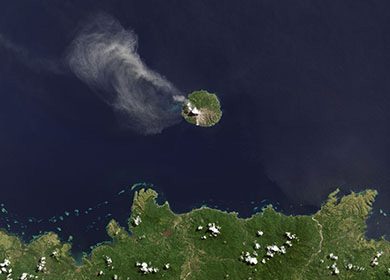
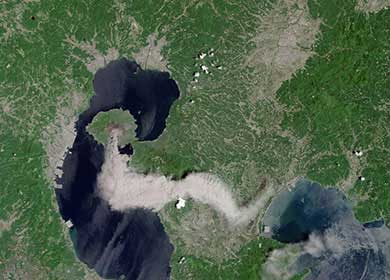
References
Effiong, U. and Neitzel, R.L., 2016. Assessing the direct occupational and public health impacts of solar radiation management with stratospheric aerosols. Environmental Health, 15(1), p.7.
Keith, D.W., 2000. Geoengineering the climate: History and prospect. Annual review of energy and the environment, 25(1), pp.245-284.
Kravitz, B., MacMartin, D.G., Mills, M.J., Richter, J.H., Tilmes, S., Lamarque, J.F., Tribbia, J.J. and Vitt, F., 2017. First Simulations of Designing Stratospheric Sulfate Aerosol Geoengineering to Meet Multiple Simultaneous Climate Objectives. Journal of Geophysical Research (Atmospheres), 122(D11), p.12.
Kravitz, B., MacMartin, D.G., Tilmes, S., Richter, J.H., Mills, M.J., Lamarque, J.F., Tribbia, J. and Large, W., 2019. Holistic assessment of SO2 injections using CESM1 (WACCM): Introduction to the special issue. Journal of Geophysical Research: Atmospheres, 124(2), pp.444-450.
- Rasch, P.J., Tilmes, S., Turco, R.P., Robock, A., Oman, L., Chen, C.C.J. and Stenchikov, G.L., 2008. An Overview of Geoengineering of Climate using Stratospheric Sulfate Aerosols. Geo-Engineering Climate Change: Environmental Necessity or Pandora’s Box, pp.250-285.
- Tilmes, S., Richter, J.H., Kravitz, B., MacMartin, D.G., Mills, M.J., Simpson, I.R., Glanville, A.S., Fasullo, J.T., Phillips, A.S., Lamarque, J.F. and Tribbia, J., 2018. CESM1 (WACCM) stratospheric aerosol geoengineering large ensemble project. Bulletin of the American Meteorological Society, 99(11), pp.2361-2371.